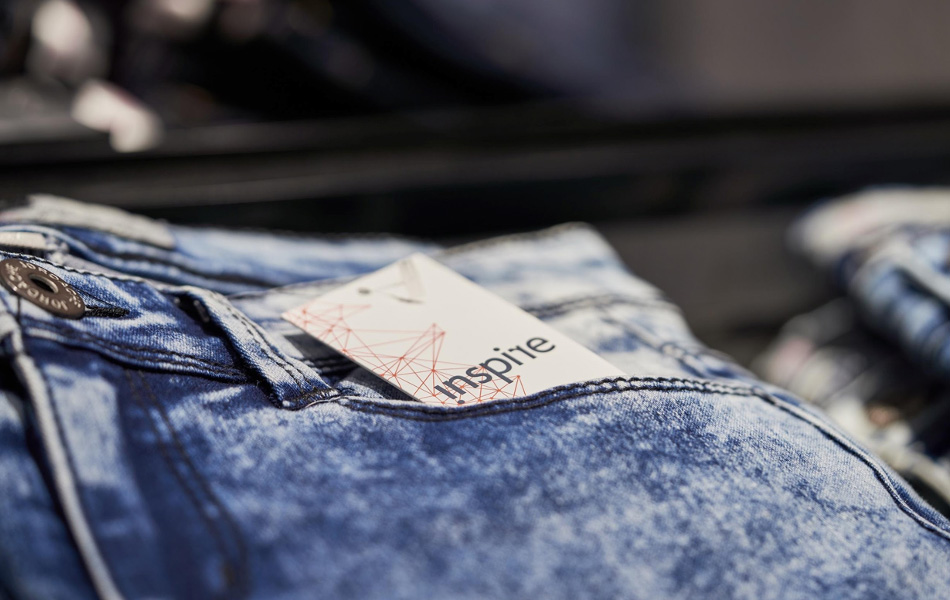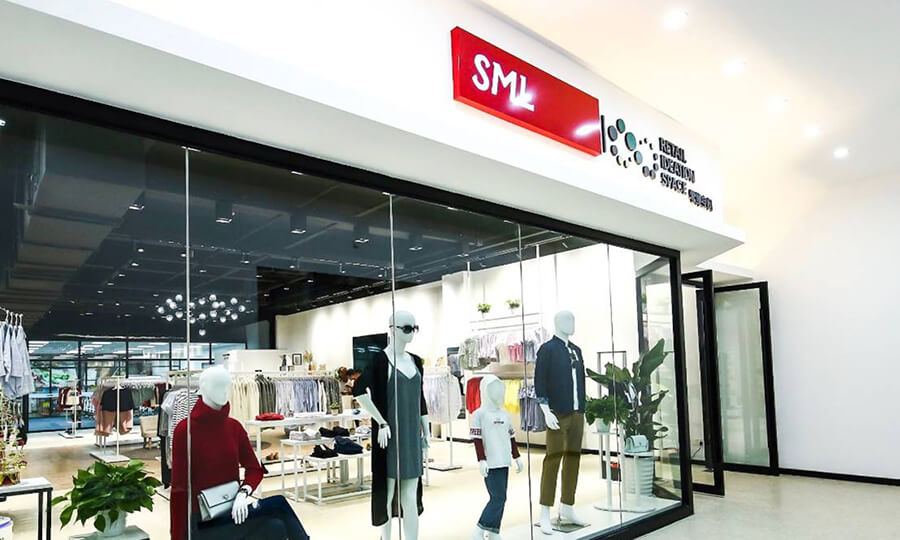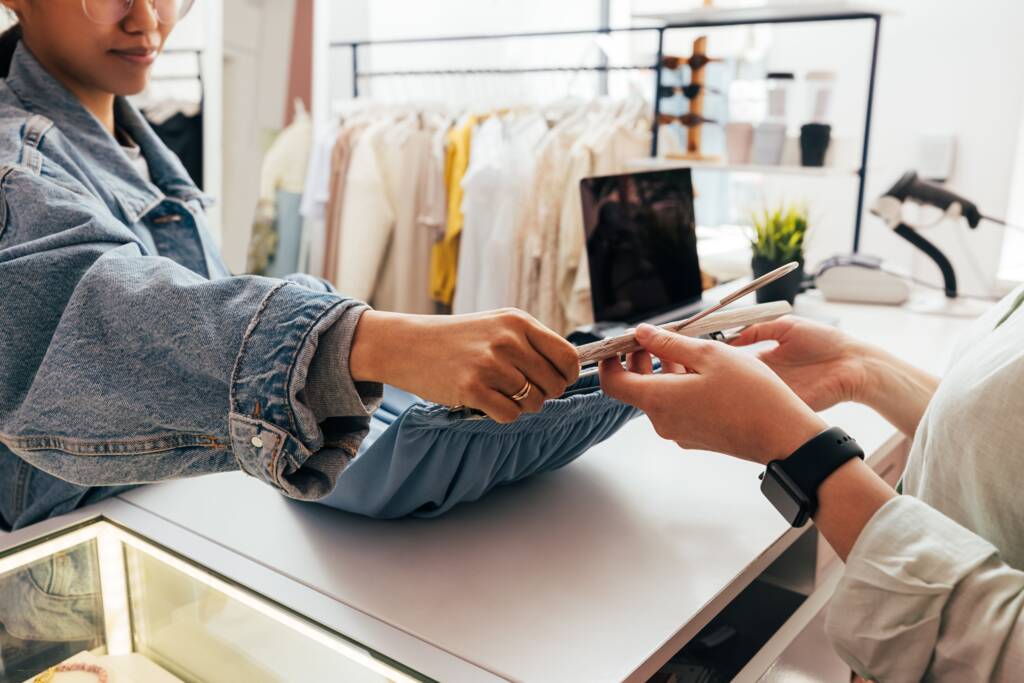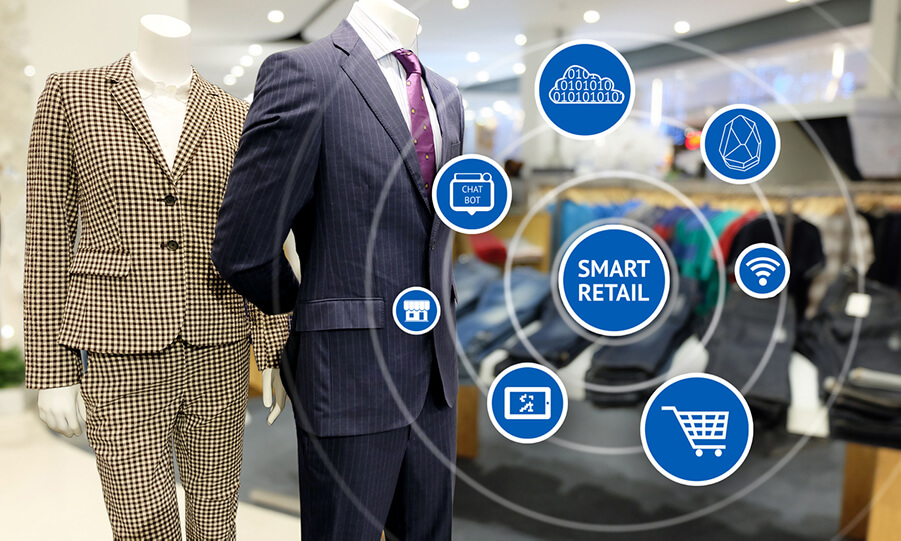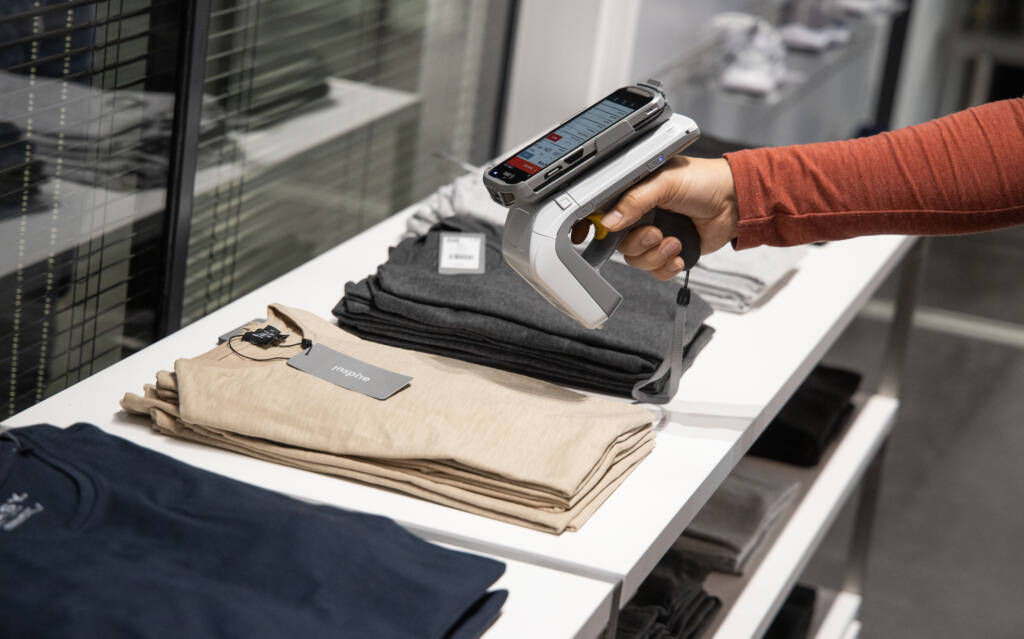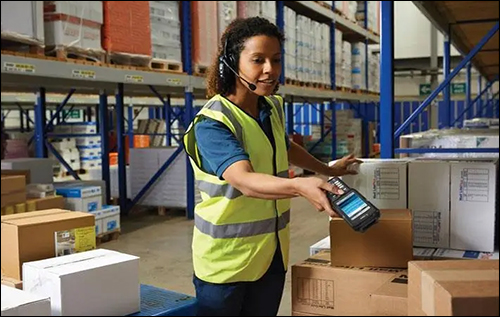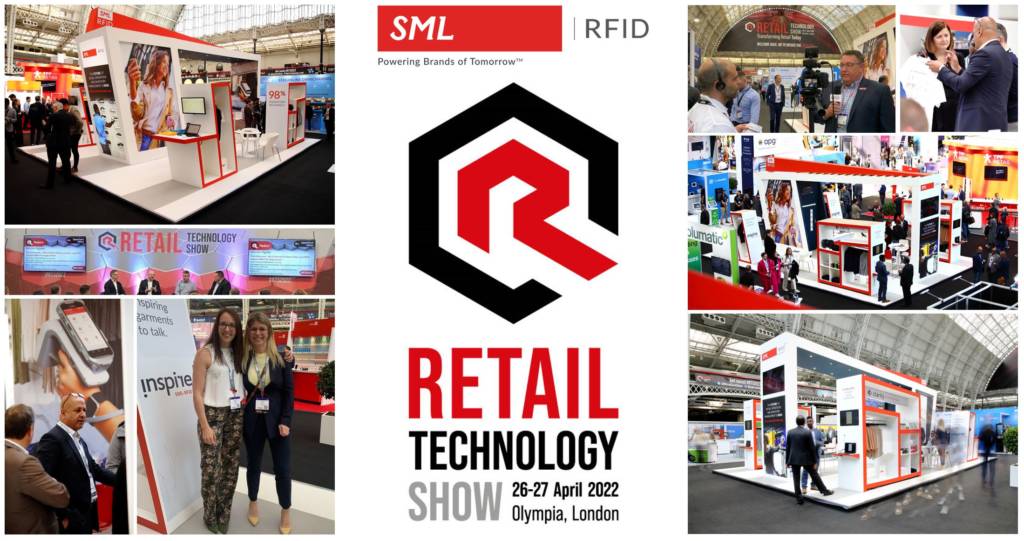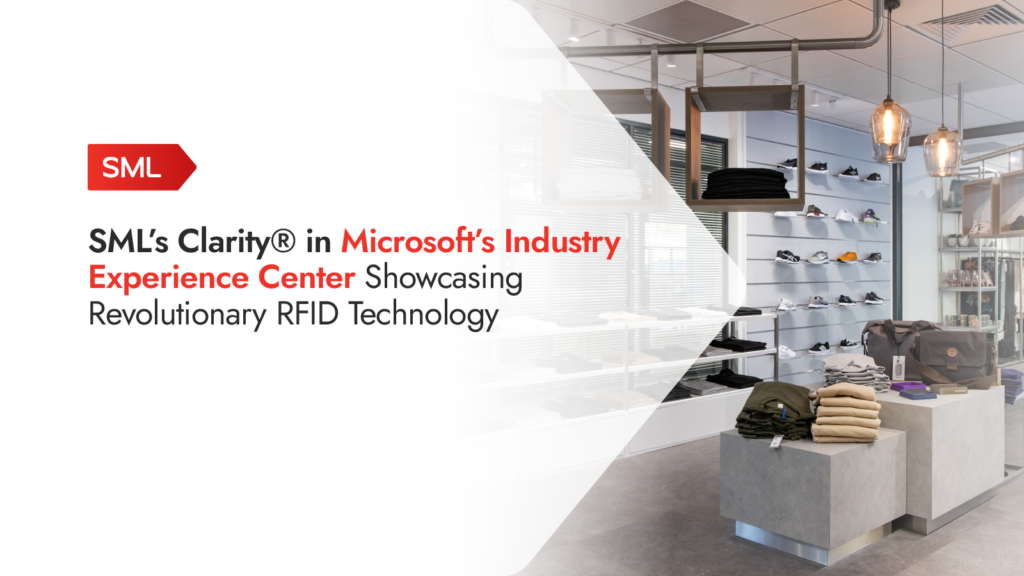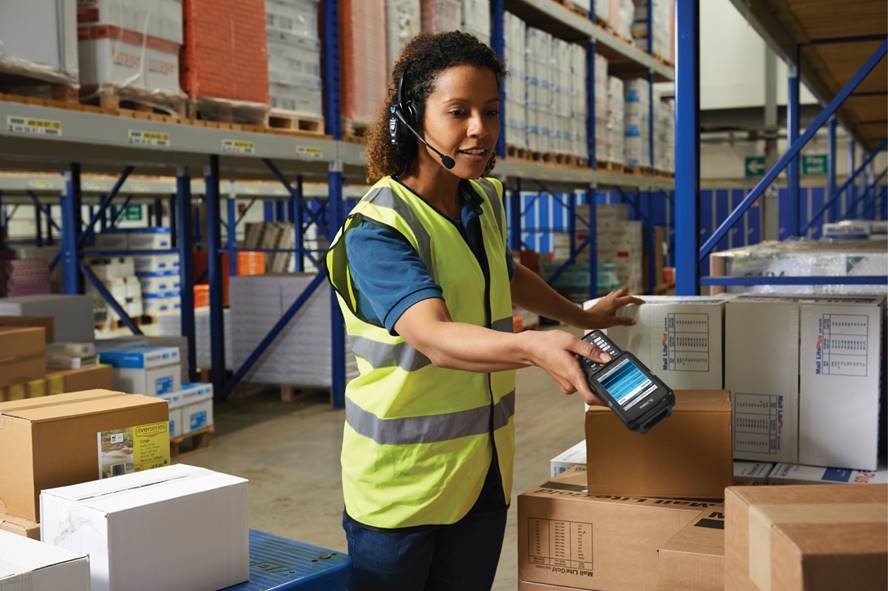CTO Sessions: Dean Frew, SML RFID
Originally posted on idgconnect.com
Name: Dean Frew
Company: SML RFID
Job title: CTO and Senior VP of RFID Solutions at SML Group
Date started current role: October 2015
Location: Plano, USA
He is responsible for driving SML RFID Tags and Solutions strategy and runs the radio-frequency identification (RFID) solutions division, based on his 20+ years of experience delivering RFID solutions to retailers and brand owners around the globe.
What was your first job? My very first job was as a dishwasher at a Farrells Ice Cream parlour. My first job out of college was developing testing and assembly equipment for defense systems.
Did you always want to work in IT? Not really. I migrated to systems engineering. Where business processes and technology converge. Started working with RFID in the early 90’s as I was fascinated with how radio frequency technology on “things” could help streamline processes and improve businesses.
What was your education? Do you hold any certifications? What are they? I have a Bachelor of Science in Mechanical Engineering from New Mexico State University and a Masters in System Engineering from Virginia Tech University.
Explain your career path. Did you take any detours? If so, discuss. I started out in developing manufacturing equipment for night vision systems for tanks at Texas Instruments. I was terrible at it. I figured that out pretty quickly and was able to move into a job in central research lab in TI developing new miniaturised electronics for weapons systems. In those jobs I found that I could design product and systems and manage teams pretty well. I went on to be Director of Technology Programs at TI in Washington D.C. where I became involved in business development, corporate strategy and M&A.
I got involved in an RFID start-up that we purchased and then ran a software business within TI related to RFID inventory management within DOD’s supply chain, running a joint venture with BBN out of Boston. From there I moved into executive roles in a few VC funded software companies. In the last one, I was our representative at MIT developing the standards that now make up what we know of as EPC UHF RFID technology.
In 2002, I left that company and started Xterprise as a software company leveraging passive RFID to change the way various industries manage inventory. I raised numerous rounds of VC funding and grew the company’s revenue and team, serving companies like Pepsi, Exxon, L’Oréal, Bank of America, Wells Fargo, Dial, TNT Logistics and more. Having pivoted the company toward item-level RFID for retailers, in 2010 I lead a management buyout of the Xterprise from the VC and then in 2013 I sold the company to SML Group, a leading retail packaging and trim company out of Hong Kong. Since the acquisition we have built an incredible team and have developed the most advanced item-level RFID software application suite in the world helping retailers around the world with digital transformation of their business.
What type of CTO are you? Interesting question. My management strengths are more as a conductor than a first chair violinist. I’m very market focused and have found that customers are where the best application insights come from. They are closer to their “pain points” and can better assign value to and priority to what could drive business value most effectively. And as a conductor, I have to go find the complete team members to build out that entire orchestra.
Which emerging technology are you most excited about the prospect of? Clearly, we think that Item-Level RFID solutions can change the way retailers manage inventory effectively. Early mass rollouts that we are part of are showing phenomenal results. I have been in the passive UHF RFID space for over 20 years now and it is exciting to see the technology adding tangible benefits to retailers around the globe. One of the tangential technologies that intersects RFID is the use of Robots within stores to do stock counts. Again, early results of combining RFID with RFID enabled robots looks to have further benefit for retailers with large store footprints.
Are there any technologies which you think are overhyped? Why? Yes. In the 20 years I have been working on RFID with customers I have seen a number of “anti-gravity machines” emerge and fade. But the biggest was the emergence of “ceiling readers”. The magical concept of readers in the ceiling that would get rid of handheld stock counts for the retail apparel industry. The technology side of our industry was never effectively challenged with cost and performance questions. I think that it set some retailers back 2+ years in adopting as they were waiting for the solution to be proven.
What is one unique initiative that you’ve employed over the last 12 months that you’re really proud of? We have a great team and a great set of customers that are pushing us weekly. One of the challenges that we have had to face in this business is the need to simulate 1000 stores doing a stock count with 1000’s of handheld terminals reading 500+ tags per second at the same time. Finding out that your application architecture and cloud framework won’t support the transaction volume after it is deployed would be a disaster. My top development executive recommended that we develop a simulation tool that would allow us to simulate the above scenarios and ones like it before we deployed to customers. It proved to be invaluable as we were rolling out with a very large customer. Keeping us 2 months ahead of the rapid deployment schedule.
Are you leading a digital transformation? If so, does it emphasise customer experience and revenue growth or operational efficiency? If both, how do you balance the two? We are clearly a “tool provider” for our customers that are moving into a New Era in Retailing. That New Era is all about digitising every process that touches inventory, customers and employees. The business cases that we have seen are a combination of Sales Lift, Inventory Reduction, Lower Operating Costs and Better Customer Service. The nice thing about our technology is that it addresses the core function of retailers which is Selling Items to Customers. Because it is fundamental, the balancing works out as a result.
What is the biggest issue that you’re helping customers with at the moment? Fundamentally they don’t have a good idea what they have in stock at the style/size/colour level. Most retailers are at only 70% accuracy today with item-level RFID. Out of stocks and inability to offer effective omnichannel engagement models is a causing many retailers to fall further behind. In retail, servicing customers starts with knowing what you have and what customers want. We are trying to transform the first, “What do I have?”.
How do you align your technology use to meet business goals? Item-Level RFID is a rapidly growing market in retail. We focus intently at listening to our retail and brand owner customers as to what they find to drive business value for them and we then make sure that we have that offering in place. Whether it be locations where they need us to be or a certain feature in our application. By focusing on market driven technology, we have the right offering and that helps us grow and growth helps us achieve our business goals.
Do you have any trouble matching product/service strategy with tech strategy? Not really, they are very integrated. But I would say on the services side we have to be flexible as customers expect different things from their technology solutions providers.
What makes an effective tech strategy? Tech has to create value! Doing technology for the showing technology has a place in labs and future stores, but not in rollouts.
What predictions do you have for the role of the CTO in the future? CTO’s will have to be much more tightly coupled with marketing and finance.
What has been your greatest career achievement? Hard question. As an entrepreneur, it is always hard to view anything as significant single achievement. But I would say the journey of success and failures, challenges and triumphs and ending up where we as a team are today and how we are helping our customers change the way they serve their customers better.
Looking back with 20:20 hindsight, what would you have done differently? I think that I would have focused on market partnerships sooner and deeper.

